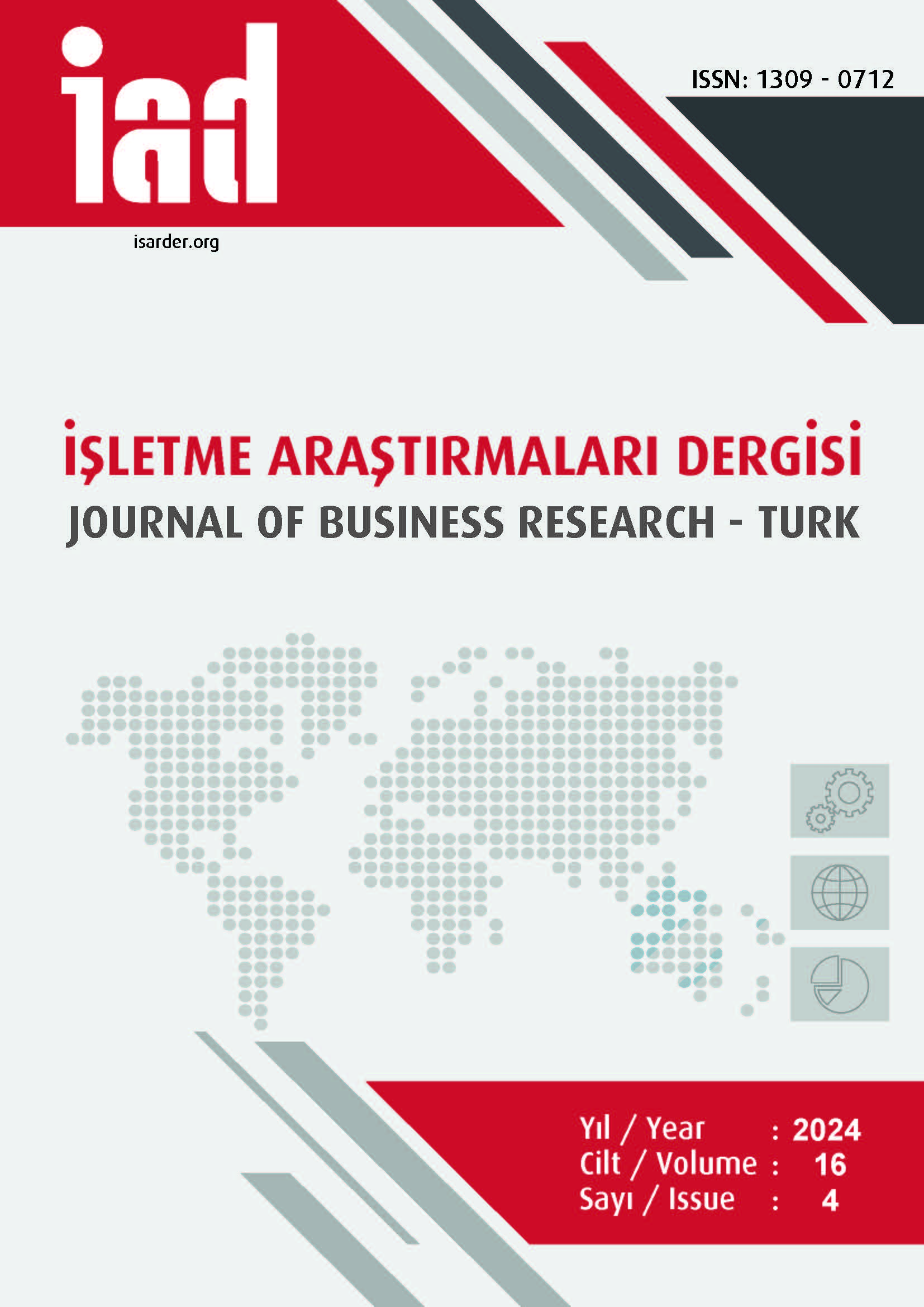New Trend in Marketing: CGI Advertisements
DOI:
https://doi.org/10.20491/isarder.2024.1928Keywords:
Digital Marketing, CGI AdvertisingAbstract
Purpose – The research aims to create an in-depth approach to CGI advertisements, which is a rising type of advertising in digital marketing, to examine current CGI advertisements in detail and to reveal the ways creativity is used in advertisements. Design/methodology/approach – The research was designed using the case study design, which is one of the qualitative researches. A total of 210 CGI advertisements were examined in the research. MAXQDA 2020 program was used during the data coding and analysis phase. While analyzing the data, frequency analysis and categorical analysis, which are types of content analysis, were used. Advertisements were classified under various categories and a total of 6427 codes were created. Categories related to creativity are based on Smith et al. (2008)'s categories of creativity in advertising. Findings – Both global and national brands use CGI advertisements. Especially brands operating in the fields of fashion, cosmetics and technology show great interest in CGI. Advertisements are generally used in cosmopolitan cities, on buildings, on billboards, in squares or with symbolic, iconic structures of the city. Most advertisements generally contain at least one element of creativity. The creativity in advertising is created through combinations that have been found to increase sales performance, and that advertisements with such combinations have increased over the years. Discussion – In addition to appealing to emotions with the surreal visual magic of CGI ads, the ability to use creativity for rational purposes to support sales makes this digital tool attractive, considering its low cost.
Downloads
Published
How to Cite
Issue
Section
License

This work is licensed under a Creative Commons Attribution-NoDerivatives 4.0 International License.





